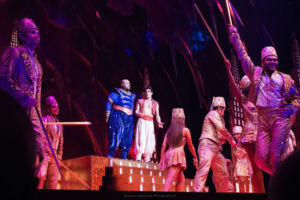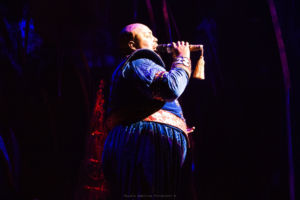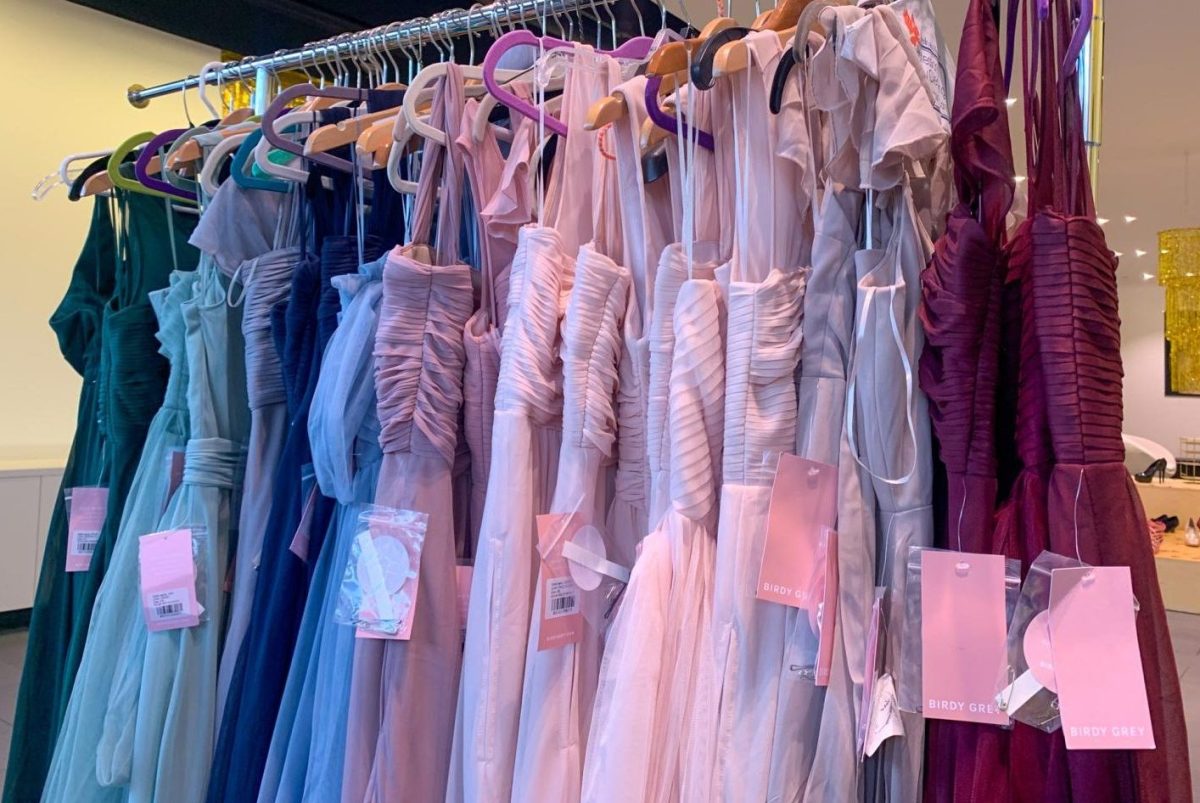
The Broadway production of Disney’s Aladdin was remarkably well-adapted to the present-day norms. It featured modern jokes and relevant language, while keeping the traditional aspects of the story, such as Genie’s bubbly personality and Iago’s horribly annoying voice. The humor used throughout the production was a genius twist to a familiar Disney plot line, in which the jokes are innocent.
According to Thestage.co, the set was one of the most time-consuming and difficult to design. The show is modeled after pantomime theater entertainment for kids including slapstick comedy and contemporary jokes, typically based on a children’s story.
The play opened in the market place, filled with vibrant colors and stunningly-clad street vendors who posed as background dancers. The sets only get more intricate as the two-and-a-half hour spectacle progresses. “A Whole New World” was by far the most fascinating number which had me perplexed as I attempted to figure out how the carpet was suspended. The stage was entirely black except for a few stars and an illuminated carpet from which Aladdin and Jasmine sang. No other scene received more applause, from myself included. A 14-piece symphony contributed to the wonderful music and aided in the full immersion into each piece of music. After talking with one of the clarinet players following the show, he explained the focus needed to be a part of the musical ensemble and the many hours or work the musicians put in behind the scenes. The musicians, located almost directly underneath the stage, are quite literally looked past as the audience doesn’t seem to pay attention to the sensational sounds coming from a full orchestra.

Initially, I was skeptical. I thought there was no way they could adapt such a classic Disney story without losing part of the plot line. That was partially true. n this production, the audience doesn’t meet two crucial characters: Rajah and Abu. Immediately, I wondered how they could take out the sidekick, such a major quality in Disney movies that often takes shape in the form of an animal. Instead of utilizing an animal to exemplify friendship, they constructed a version in which Aladdin and Jasmine each had three friends to accompany them. They developed new aspects of the story with new songs and delved even further into an altered narrative. Giving the two protagonists an entourage added the possibility for new musical numbers and of course, new conflicts. All of these were welcomed as they added uncertainty, putting a new twist on an old piece.
Undoubtedly, the movie industry lost an incredible and well-loved actor when Robin Williams died—known as everyone’s favorite Genie. The original Genie is irreplaceable, which made it that much more impressive when actor James Monroe Iglehart absolutely stole the show with his antics and charming personality. The Genie was flamboyant and commanded the entire stage in such a way that he received more applause than even Aladdin as the actors gave their final bows.
The most exceptional part of performance was that, even with the inevitability of the familiar conflicts, the whole play felt unpredictable. Truly appealing to all age groups, the live production of Aladdin was filled with spectacular set pieces, music and endless amiable characters.






